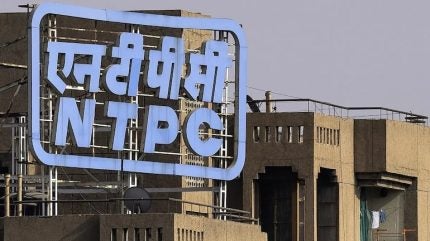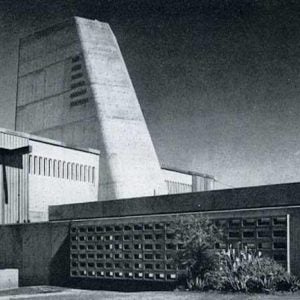
India’s NTPC (formerly the National Thermal Power Corporation) is seeking global partners to build large nuclear reactors with about 15 GWe of combined capacity. NTPC is looking for partners to help set up pressurised water reactor technology-based nuclear power plants and also commit to a lifetime supply of nuclear fuel, the tender said.
The partner should have clearance from concerned authorities in their country of origin as well as comply with Indian policies, including having or getting a license for the offered technology, NTPC said in the tender.
Currently, state-run Nuclear Power Corporation of India Limited (NPCIL) is the sole operator of the country’s nearly 8 GW capacity, with the aim to increase to 20 GW by 2032. This comes after the federal budget revealed plans to have 100 GWe of nuclear power generation capacity installed by 2047, “positioning nuclear energy as a major pillar in India’s energy mix”.
The budget also announced measures to promote private sector participation, and accelerate the deployment of advanced nuclear technologies such as Small Modular Reactors (SMRs).
In January, NTPC signed a Supplementary Joint Venture Agreement-2 (SJVA-2) with NPCIL. This builds upon an existing Joint Venture Agreement signed in 2010, and represents a strategic restructuring of their joint venture company, Anushakti Vidhyut Nigam Limited (ASHVINI). The agreement also facilitates the transfer of the Mahi Banswara Rajasthan Atomic Power Project (MBRAPP), comprising four 700 MWe units, from NPCIL to ASHVINI with the aim of strengthening the operational scope and resource base of the joint venture.
NPTC also set up NTPC Parmanu Urja Nigam Limited (NPUNL) as a wholly-owned subsidiary “to carry on the business of planning and executing an integrated programme for harnessing and developing nuclear energy for generating electricity or other purposes on a commercial basis” as well as building, owning, operating and managing nuclear plants, promoting research and development, and selecting suitable sites for nuclear power stations and ancillary facilities.






